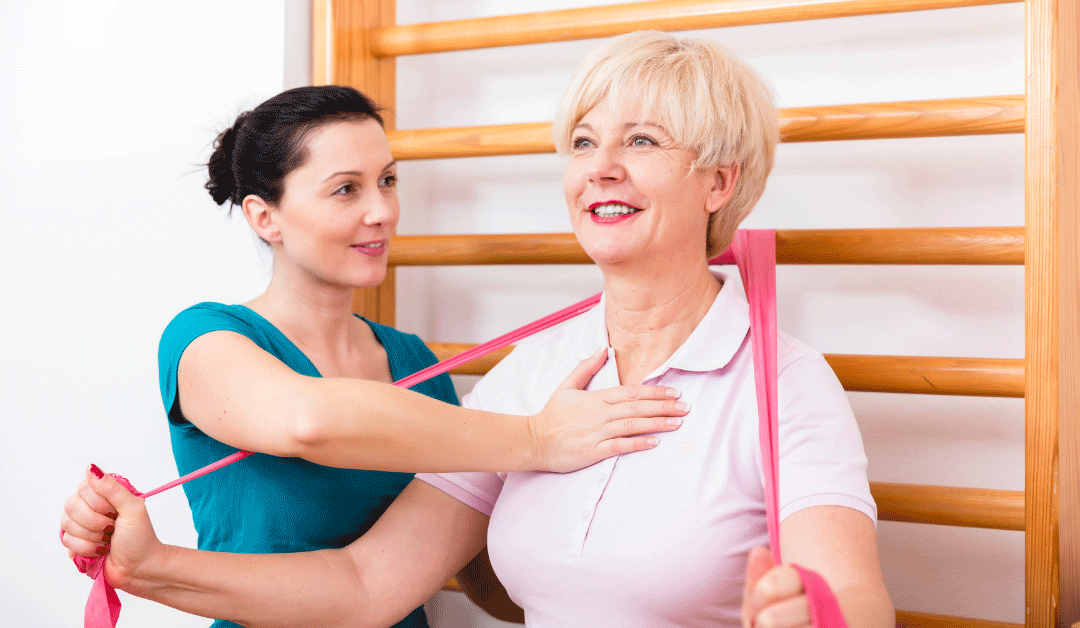Osteoporosis and arthritis are two very different diseases, one causing bones to become brittle and weak and the other affects the joints and tissue around the joint. However, osteoporosis and arthritis do share many coping strategies. With either or both of these conditions, many people benefit from exercise programs that include physiotherapy and rehabilitation.
World Arthritis Day: 12 October 2020
Each year the 12th of October marks World Arthritis Day. This year’s theme for World Arthritis Day is ‘It’s in your hands, take action’. The aim is to raise awareness of rheumatic and musculoskeletal diseases (RMDs) and to encourage people with RMDs, their carers, families and the general public to seize every opportunity to take action and make a difference to the quality of life of people with RMDs.
What Are Osteoporosis and Arthritis?
Arthritis – is an umbrella term for more than 100 medical conditions that affect the musculoskeletal system, specifically joints where two or more bones meet. These conditions cause damage to the joints, usually resulting in pain and stiffness. Arthritis can affect many different parts of the joint and nearly every joint in the body. Anyone can get arthritis, including children and young people. In Australia, one in six people have arthritis. Many people think arthritis is a normal part of getting older. This is not true. In fact, two out of every three people with arthritis are between 15 and 60 years old.
The most common forms of arthritis are:
- Osteoarthritis
- Rheumatoid arthritis
- Gout
- Ankylosing spondylitis
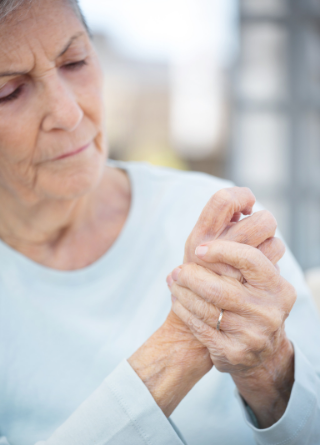
Osteoporosis – is a condition that causes weakening of the bones. It is a progressive disease that will worsen if left untreated or not identified. In older females, osteoporosis is more common. This is due to lower estrogen levels post-menopause and increased bone loss. As a result of flexion and rotational type movements and poor postures, the risk of fractures with falls is increased. In osteoporosis, it is the arm, hip, spine and wrist bones that are most commonly fractured.
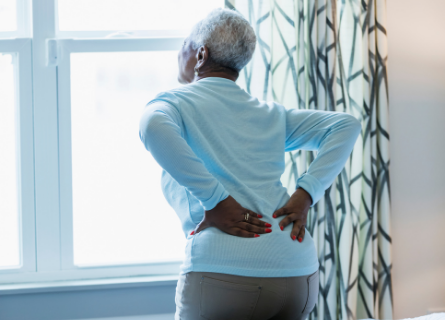
The Benefits of Exercise
For people living with osteoporosis and arthritis exercise can help.
Arthritis – Guidelines recommend exercise for all people with arthritis, irrespective of arthritis type, pain or severity. However, if you suffer from an acute flare of gout, other methods such as medication and ice are recommended. Evidence shows regular exercise is one of the most effective non-surgical treatments for all types of arthritis as it reduces pain, improves function and keeps joints moving. As well as improving symptoms, exercise is vital for weight management and general health, both very important to lessen the impact of arthritis.
Osteoporosis – A sedentary lifestyle, poor posture, poor balance and weak muscles increase the risk of fractures. A person with osteoporosis can improve their health with exercise in valuable ways including:
- reduction of bone loss
- conservation of remaining bone tissue
- improved physical fitness
- improved muscle strength
- improved reaction time
- increased mobility
- a better sense of balance and coordination
- reduced risk of bone fractures caused by falls
- reduced pain
- better mood and vitality.
To see long-term exercise benefits research highlights that exercise must involve a regular routine and long-term commitment.
The Importance of Physio for Osteoporosis and Arthritis Sufferers
In the management and treatment of osteoporosis and arthritis, physiotherapy has been shown to be effective. Physiotherapy assists in:
- pain management strategies
- maintaining general fitness
- improving posture and balance
- flexibility
- strengthening muscles and bones
- physical confidence
The types of exercises that might be used in your physiotherapy treatment for osteoporosis and arthritis include:
- Strengthening Exercises – lifting weights and lower impact exercise can, in fact, decrease the risk of fracture by increasing bone strength and stronger muscles can help support and protect joints making it easier to stay mobile and active. Many people with osteoporosis and arthritis are fearful of doing strength and other strenuous exercises. To improve overall stability and muscle strength, a physiotherapist can design an appropriate exercise program. This will reduce the risk of falls and fall-related fractures, and help to support joints as the exercise will lead to stronger bones and muscles.
- Coordination and balance exercises – physiotherapy helps in reducing falls risk. When walking around hazards, through narrow spaces or walking on unstable surfaces these exercises help improve balance.
- Flexibility exercises – physiotherapy can involve stretches and flexibility exercises that gently move the joints to reduce stiffness.
- Aerobic exercise – physiotherapy can help with exercises that increase your heart rate and maintain general fitness and heart health.
- Hydrotherapy – with a qualified physio, strengthening, aerobic and flexibility exercises are completed in a pool, which is often heated. It can be beneficial because the water supports the weight of your body, reducing the impact on your joints. Water can also provide greater resistance, further strengthening your muscles.
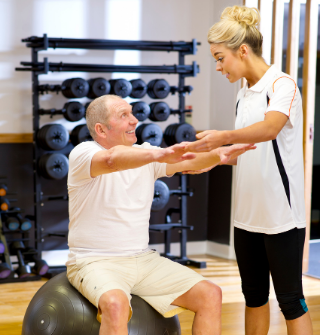
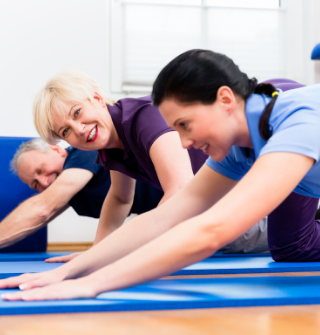
For those who are suffering from osteoporosis and arthritis there is no single exercise program, however working with a physiotherapist can provide you with a professional program based on a medical evaluation of your particular condition, limitations and fitness level to specifically tailor a program to support you.
At Sandgate Physical Health Clinic, we have Physiotherapists with professional skills to assist people suffering with osteoporosis and arthritis that are dedicated to helping people to maintain healthy and active lifestyles. Book now to make an appointment with one of our Physiotherapists or phone us on 3869 1099 to find our more.
References
https://choose.physio/your-condition/arthritis
https://arthritisaustralia.com.au/what-is-arthritis/
https://www.osteoporosis.org.au

